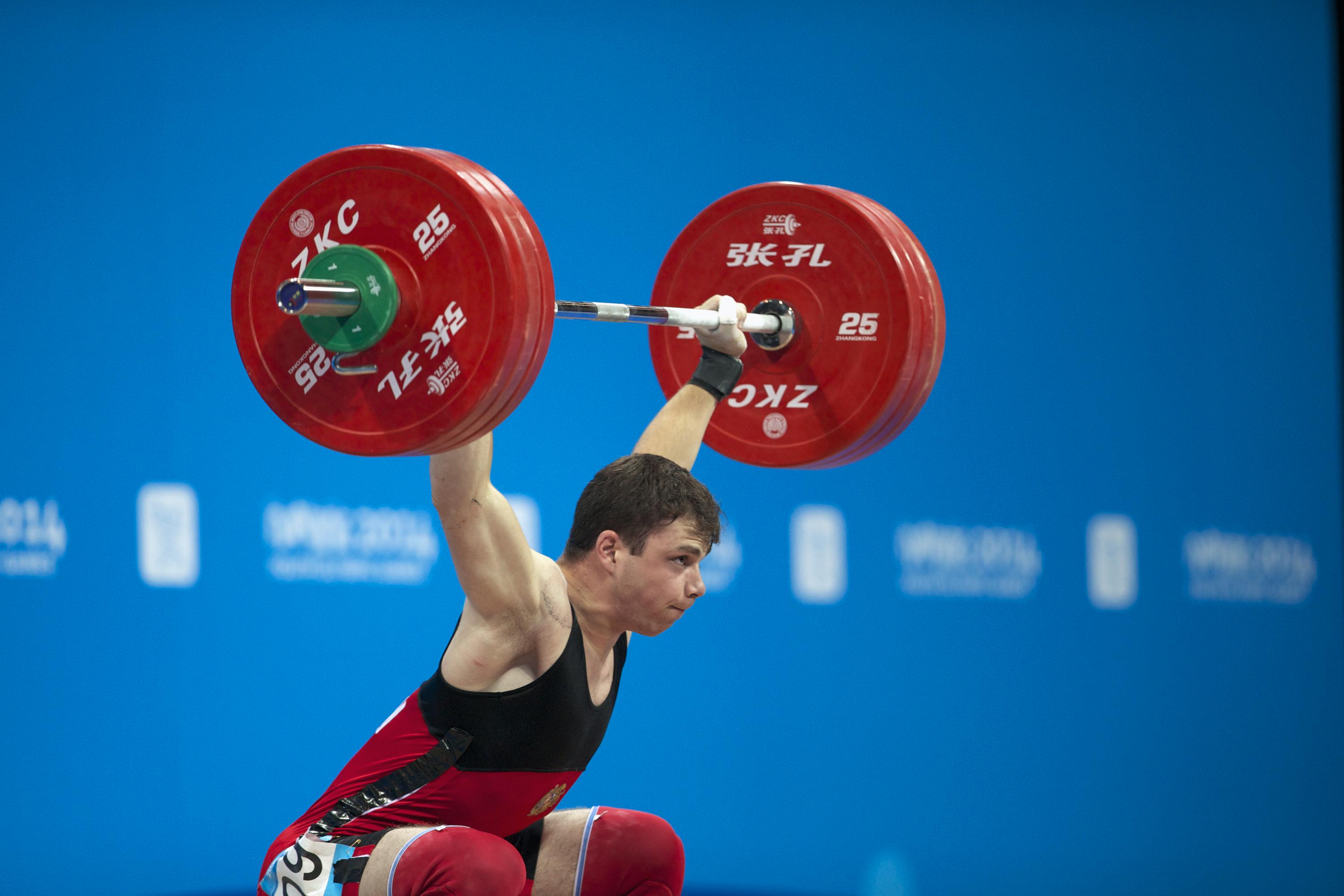The expert answers: The most effective strength training
Don't train until you are completely exhausted, and don't train with the same load all the time. And train your whole body - every time.

- Traditionally, perhaps especially since the 80s and 90s, it has been common to divide up training so that you train different muscle groups on different days. This way of training is probably considered old-fashioned, and probably works best for bodybuilders who use illegal supplements,” says Tron Krosshaug.
He is a professor at the Oslo Sports Trauma Research Center and the Department of Sports Medicine at the Norwegian School of Sport Sciences.
- If you train every day and are very ambitious, then a so-called two-split may make sense, e.g. training legs and upper body every other day, he says.
"But for the vast, vast majority of people, it's best to train the whole body".
Train your whole body - every time
Exercising the whole body doesn't mean that you have to do a whole bunch of exercises to cover every muscle fiber in the body, but that you make sure to do exercises that train several muscle groups at the same time.
Examples of such exercises are;
- Squats
- Deadlifts
- Lunges
- Bench Press
- Shoulder Press
- Pull-Downs
- Rowing
In addition, you may want to do sit-ups or another exercise that directly targets the abdominal muscles.
At least two sessions a week
One of the benefits of a full-body training program is that your muscles are stimulated more often. But how often should you train?
For strength training to have a good effect, you should do at least two full-body sessions a week.
- Optimally, you should try to train each muscle group at least three times a week, but this obviously depends on whether you do a lot of other activities as well. It's important that the total load isn't too high, says Krosshaug.
Tron Krosshaug, Professor at the Norwegian School of Sport Sciences
If three sessions a week sounds like a lot, the consolation is that you don't have to train as hard and as much every time.
- It doesn't have to be the big stuff; it can be ten minutes where you do some one-legged squats and push-ups and maybe deadlifts in a tree in connection with football training or something like that. It can work as the third session of the week, he says.
"There's a simple reason why it's good to exercise often: If you're going to tell your body to get stronger, you need to tell it often. However, the message doesn't have to be shouted as loudly every time".
- A variation between heavy, medium and light sessions is recommended. To keep it simple, you can keep the number of series and repetitions constant, but rather adjust the load, says Krosshaug.
And the point remains the same: It's more important to train often than to train heavily.
The mistake “everyone” makes
By “heavy training”, Krosshaug means exercising to the point of exhaustion - that is, until you can't do any more repetitions.
-"That's not recommended," he says.
"The reason is simply that it causes too much strain over time".
- It may work well for a few months, but then the effect drops drastically. Then you have no progress, perhaps even a decline.
What proves effective, however, is to train frequently.
- Powerlifters, for example, will train squats and bench presses 4-5 times a week. But they almost never train to exhaustion, Krosshaug points out.
Progression - increasing the load gradually
You don't need to become exhausted to become strong. What you do need, however, is progression, i.e. increasing the load little by little. But what does that actually mean? And how many kilos should you lift when you start strength training?
A good place to start is at around 70% of your maximum strength. Maximum strength is the maximum you can lift once. Roughly speaking, most people will manage around 15 repetitions if they lift 70% of this.
A sensible progression can start at 70% of your maximum strength, with 10-12 repetitions in three sets. The following week, for example, you can increase the load by 2-3%. As the program progresses, you can reduce the number of repetitions. If it motivates you, you can also include tests to measure your progress in maximum strength. However, it is not recommended to do these tests too often.
- The basic principle here is that you need to increase the load as you get stronger. This applies whether you're exercising with body weight or weights, says Krosshaug.
Maximum strength
If your maximum strength is one lift of 100 kilos, you would like to be able to do 15 lifts of 70 kilos, so you should plan your training program so that you start by lifting just 70 kilos, for 10-12 repetitions and 3 sets.
The reason for training with progression is simply that the body adapts to what it is exposed to. If you do strength training, the body receives signals that it needs to build more muscle. If you don't increase the load, the body won't build more muscle than it already has.


